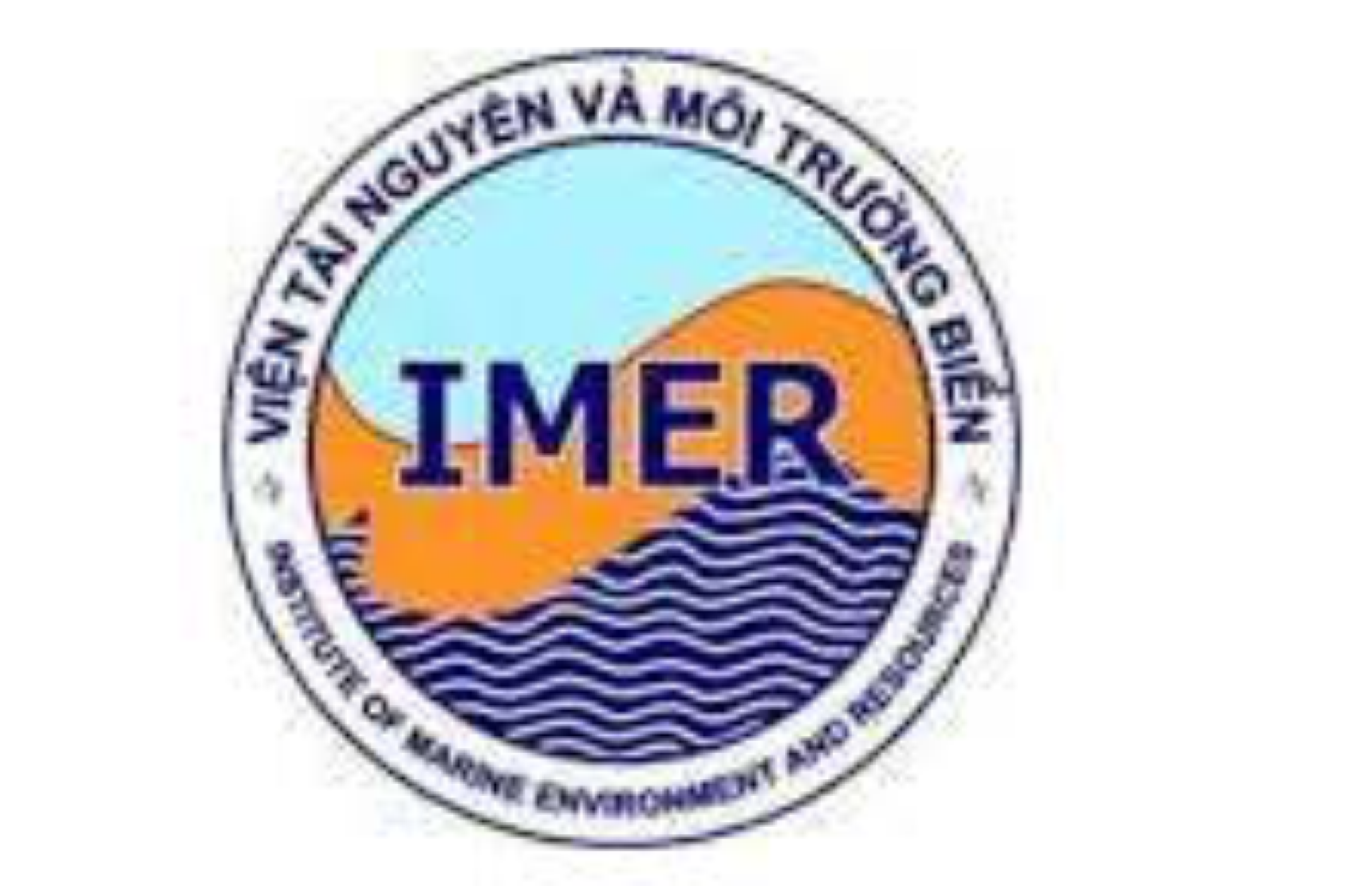Cadmium concentration in seawater, sediment and soft tissues of bivalves in the harvesting area in Van Don, Quang Ninh province
Author affiliations
DOI:
https://doi.org/10.15625/1859-3097/19/2/10860Keywords:
Cadmium, seawater, sediment, Anadara subcrenata, Paphia undulata, Mimachlamys nobilis.Abstract
Cd concentrations were determined in coastal water, sediments and soft tissues of molluscs (hakf-crenate ark (Anadara subcrenata), noble scallop (Mimachlamys nobilis) and undulating venus (Paphia undulata)), which were collected from two stations in the harvesting area in Van Don, Quang Ninh province in 2014. In this study, cadmium concentration in seawater ranged from 0.22 µg.l-1 to 1 µg.l-1 while the concentration in sediment was from 0.59 mg.kg-1 to 1.55 mg.kg-1. Cd accumulated in hakf-crenate ark (Anadara subcrenata), noble scallop (Mimachlamys nobilis) and undulating venus (Paphia undulata) ranged from 0.81 mg.kg-1 to 1.48 mg.kg-1; from 0.35 mg.kg-1 to 2.23 mg.kg-1; from 0.25 mg.kg-1 to 0.81 mg.kg-1, respectively. Research result also showed that cadmium concentration in seawater in rainy season was higher than that in dry season while a contrary trend occurred in sediment. There was a weak correlation between Cd concentration in seawater and concentration of Cd in sediment in this area (r = 0.24). The cadmium fraction in sediment in this area was contributed as follows: residual component (F5) > Mn, Fe oxyhydroxide (F3) > organic matter-bound (F4) > acid soluble (F2) > ion-changeable (F1). Cadmium levels in tissues were in the order of stomach > mantle > gill > foot. Beside, cadmium components in adductor muscle of noble scallop were lowest. Therefore, the risk level for customer when consuming undulating venus (Paphia undulata), hakf-crenate ark (Anadara subcrenata) and adductor muscle was not high.
Downloads
Metrics
References
Shulkin, V. M., Presley, B. J., and Kavun, V. I., 2003. Metal concentrations in mussel Crenomytilus grayanus and oyster Crassostrea gigas in relation to contamination of ambient sediments. Environment International, 29(4),
–502.
Goldberg, E. D., Bowen, V. T., Farrington, J. W., Harvey, G., Martin, J. H., Parker, P. L., Risebrough, R. W., Robertson, W., Schneider, E., and Gamble, E., 1978. The mussel watch. Environmental conservation, 5(2), 101–125.
Boening, D. W., 1999. An evaluation of bivalves as biomonitors of heavy metals pollution in marine waters. Environmental Monitoring and Assessment, 55(3), 459–470.
Thanh Thuận, 2017. Tìm lại dấu xưa thương cảng Vân Đồn.
Nguyễn Chính, Nguyễn Hữu Phụng, 1996. Một số loài động vật thân mềm có giá trị kinh tế ở vùng biển Việt Nam. Nxb. Đại học Quốc gia thành phố Hồ Chí Minh.
Luu Van Dieu, 1995. Chapter 5. Present status of Ha Long Bay water environment, (Water environmental quality of Ha Long bay, Vietnam). International Development Research Center (IDRC), 68–69.
UNEP/FAO/IAEA/IOC, 1984. Sampling of Selected Marine Organisms and Sample Preparation for Trace Metal Analysis: Reference Method for Marine Pollution Studies No. 7, Rev. 2: 19 p.
Tessier, A., Campbell, P. G., and Bisson, M., 1979. Sequential extraction procedure for the speciation of particulate trace metals. Analytical Chemistry, 51(7), 844–851.
APHA, 1995. Standard methods for the examination of water and wastewater, 19thEd. Washington: American Public Health Association, American Water Works Association and Water Pollution Control Federation, 397–404.
Bộ Tài nguyên và Môi trường, 2015. QCVN 10-MT:2015/BTNMT, Quy chuẩn kỹ thuật quốc gia về chất lượng nước biển.
Bộ Tài nguyên và Môi trường, 2012. QCVN 43:2012/BTNMT, Quy chuẩn kỹ thuật quốc gia về chất lượng trầm tích.
Nguyễn Ngọc Anh, 2014. Đặc điểm và tiến hóa động lực các thành tạo trầm tích mặt vùng biển nông ven bờ Hải Phòng - Quảng Ninh. Nxb. Đại học Quốc gia Hà Nội. Tr. 82–85.
Singh, V. K., Singh, K. P., and Mohan, D., 2005. Status of heavy metals in water and bed sediments of river Gomti–A tributary of the Ganga river, India. Environmental monitoring and assessment, 105(1–3), 43–67.
Głosińska, G., Sobczyński, T., Boszke, L., Bierła, K., and Siepak, J., 2005. Fractionation of Some Heavy Metals in Bottom Sediments from the Middle Odra River (Germany/Poland). Polish Journal of Environmental Studies, 14(3), 305–317.
Zerbe, J., Sobczynski, T., Elbanowska, H., and Siepak, J., 1999. Speciation of heavy metals in bottom sediments of lakes. Polish Journal of Environmental Studies, 8, 331–340.
Jain, C. K., 2004. Metal fractionation study on bed sediments of River Yamuna, India. Water Research, 38(3), 569–578.
Bộ Y tế, 2011. QCVN 8:2-2011/BYT: Quy chuẩn kỹ thuật quốc gia đối với giới hạn ô nhiễm kim loại nặng trong thực phẩm.









